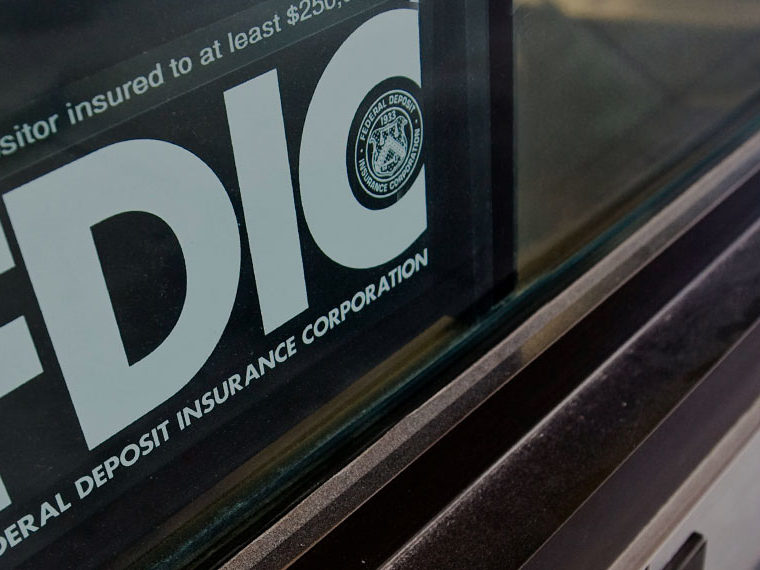In China, patent data shows commercial banks’ use of new technologies helps improve efficiency and reduce risk
Disruption, as a strategy, often refers to new companies using technology and a fresh business model to attract customers away from established companies, often those operating with a stale business platform.
So, Tesla schools Ford and General Motors on how to make and sell electric vehicles, an old idea whose time hadn’t yet arrived, it was thought. Amazon shows the retail industry how to sell goods directly from a warehouse, employing a user-friendly website and cheap or free delivery, upending reliance on stores. And PayPal and Venmo (owned by PayPal) make moving money around quick and easy, shaming the slow-footed banking industry.
Can disrupted companies recover, adopt new technology themselves, hang on to customers, cut costs and freshen their business models?
Change or Die?
In a working paper, Nanjing University’s Libing Fang and Xindan Li, UCLA Anderson’s Avanidhar Subrahmanyam and Nanjing University’s Ke Zhang look at a decade of technology adoption at Chinese commercial banks — specifically the use of fintech methods — and how that appears to have affected profits and risk.
Fintech may evoke exotic crypto investment vehicles, gamified trading apps like Robinhood or AI-fueled platforms such as Upstart, which seeks to bypass credit scores in the loan business. But it also refers to a multitude of technologies that speed up, simplify and improve visibility of data in the financial realm (a lot of it unseen by consumers and other customers). An older business platform — be it Ford, Target or Bank of America — has enormous embedded costs in its business model and thus many opportunities to use technology to improve.
The more protected an industry, often by regulation, the more resistant to change it can be. And the greater the capital invested in an old business model — be it plant and equipment, stores or software — the greater the reluctance to abandon it.
Banks, among consumer-facing technologies, have rolled out credit cards, adapted pneumatic tubes to create drive-thru banking and offered ATMs as a convenience. The more sophisticated technology isn’t visible, but the industry isn’t known as terribly innovative.
To isolate their study to just traditional banking, the researchers focused on Chinese commercial banks, which are restricted from offering additional investment services. This differs from Western banks that offer both.
Fang, Li, Subrahmanyam and Zhang use a dataset of fiscal and descriptive variables for 222 Chinese commercial banks for the period from 2010-2019. The data includes major banks and accounts for 75% of total assets in the Chinese banking industry. Additionally, 26,168 patent records related to digital computing were collected from the China Patent Retrieval System to measure bank-specific fintech innovation. Their data includes both patent applications and patents granted to banks or IT firms.
These patents first needed to be classified to see whether they really were for fintech innovations or more in the realm of computing or banking. This involved comparing the patents to a set of reference policy documents on fintech, the commercial banking business and computer science. Such a task would normally be quite time-consuming for humans and one prone to bias and mistakes by reviewers. So instead, the researchers automated the work using a branch of machine learning known as natural language processing. Using NLP, the researchers were able to compare the text for each patent to the three policy documents and label the patent as either fintech or not.
This whittled down the original dataset to 7,181 fintech patent applications and 1,396 fintech patents that were granted.
More Innovation Means More Profit, More Efficiency
Based on the number of patents a bank had in a year, they were divided into fintech innovators and those that were not quite as innovative. The composition of these groups changed annually as the number of patents changed. Of particular interest were the banks that moved from the low innovation group in one year to the fintech innovators group in the next year as this signaled that they had adopted new technologies.
With a measure for banks’ adoption of innovation in place, measures for operational performance and risk measures were still needed. These were key to the researchers’ goal in determining whether fintech adoption made a difference in increasing a bank’s performance or lowering its risk. The research team devised four efficiency measures — profit, cost, interest and noninterest income. And four risk measures — overall risk, capital-to-asset ratio, nonperforming loan ratio and liquidity ratio.
For the banks adopting more fintech, what the researchers found in their data was consistent improvement in profitability, better operating efficiency and lower risk.
While this gave them the answer to their main question, the researchers went further and analyzed the impact of managerial expertise and labor intensity. Their findings suggest that these were both important factors in reaping the benefits of fintech innovation.
Fang, Li, Subrahmanyam and Zhang believe that, overall, fintech enables banks to better serve customers by improving processes and harnessing data more effectively. With traditional banking such a fundamental part of the financial sector, their evidence encourages maximizing fintech usage and its benefits to the industry rather than restricting it.
Featured Faculty
-
Avanidhar Subrahmanyam
Distinguished Professor of Finance; Goldyne and Irwin Hearsh Chair in Money and Banking
About the Research
Fang, L., Li, X., Subrahmanyam, A., & Zhang, K. (2023). Does FinTech Innovation Improve Traditional Banks’ Efficiency and Risk Measures? A New Methodology and New Machine-Learning-Based Evidence from Patent Filings.






